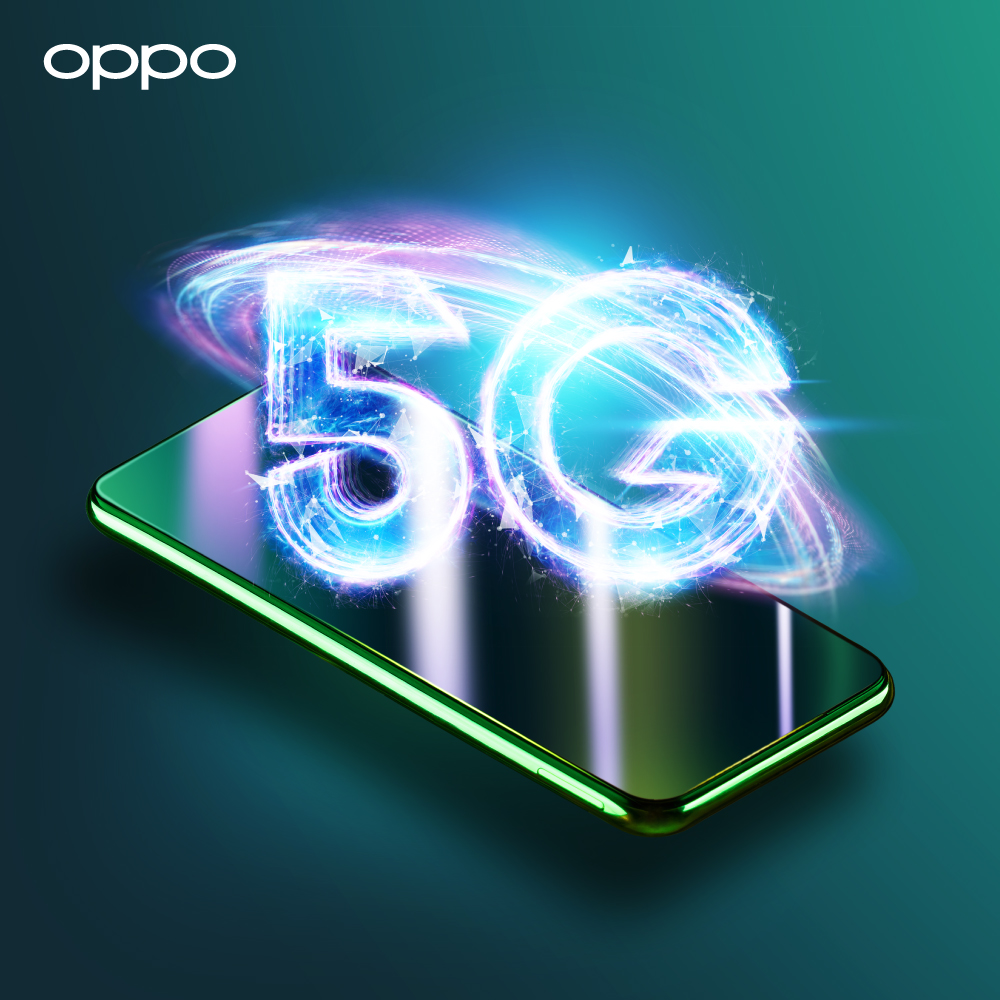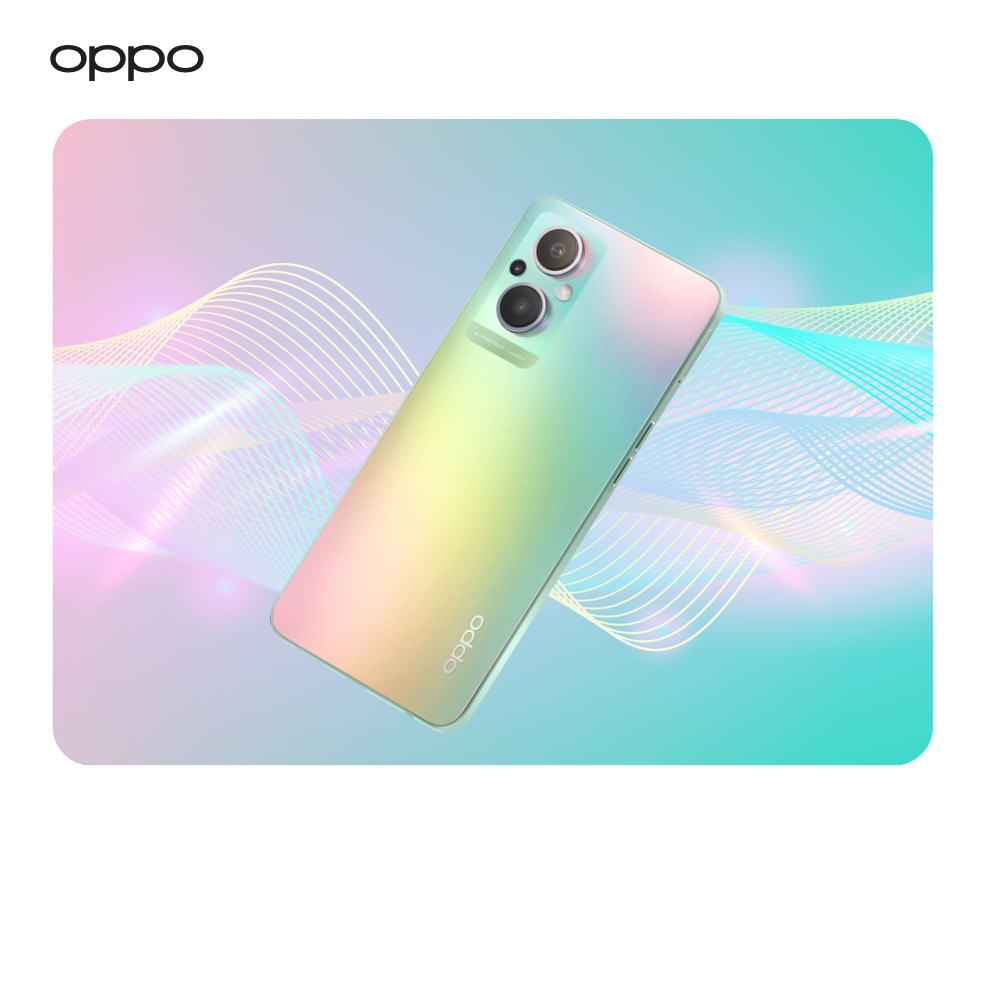What is 5G Technology and how do 5g Mobile Phones work?

5g is the hot topic these days. But not many people know what is 5g?
5g technology is the fifth generation for mobile networks. It is an improved version of previous mobile networks, i.e., 2G,3G,45. It offers higher speed, reliability, and great capacity.
How does 5g mobile phone work?
The information is carried by the radio frequencies in wireless communication. 5g works on the same principle but less cluttered higher radio frequencies. It means that 5g works on different frequency bands. They are called millimeter waves. They had largely gone unnoticed by the general public because the necessary equipment was both inaccessible and prohibitively expensive.
5g smartphones are smartphones that can support 5g connectivity and features. 5g can’t work properly on 4g phones as new hardware is required for connecting to 5g.
While higher bands carry information faster, there may be issues when sending over long distances. Physical objects such as buildings and trees can easily obstruct them. To address this issue, 5G will employ multiple entries and exit antennae to boost signal and capacity all across wireless networks.
According to current estimates, 5G will be able to sustain up to 1,000 more gadgets per meter than 4G. In addition, 5G technology will be able to slice a physical network into numerous screens networks. This means that operators will be capable of delivering the appropriate network slice based on how it is used, allowing them to better manage their networks. This means that an operator, for example, will be able to access various slice capacities based on importance. A single user streaming a video, for example, would use a different slice of a business's infrastructure, while simpler gadgets could be separated from more demanding and complex applications, such as trying to control autonomous vehicles.
Advantages of 5G over 4G network:
Faster Speed:
The speed of the network is the most obvious advantage of 5G networks over 4G networks. However, there are advantages related to lower latency, which means faster response times and faster download speeds. Because of the increased operational efficiency, this opens up a plethora of possible applications across industries. Superfast broadband without the need for landlines, 5G mobile telecommunications, the development of smart factories, televisions, distant healthcare, and driverless cars with 5G communication and also car-to-car communication are some of the applications for 5G.
Many of these technological advancements will be enabled by lower latency, enabling 5G gadgets to respond to commands more quickly. The time elapsed between issuing a command and receiving a response is referred to as latency. 3G has a latency of 65 milliseconds, advanced 4G has a latency of around 40 milliseconds, and fixed broadband has a latency of 10-20 milliseconds. In comparison, 5G is expected to have latency as low as 1 millisecond. It allows the Internet of Things to function below the target of 4 milliseconds.
Greater capacity:
The technology will provide more capacity than prior network technologies. Access to a larger spectrum at higher frequencies will be available, allowing networks to handle more high-demand applications concurrently. The technology will also be more powerful than prior network technologies. Access to a larger spectrum at higher frequencies will be available, allowing networks to handle more high-demand applications concurrently. That kind of fiber-like experience for fixed wireless applications, allows those in hard-to-reach areas to benefit from significantly improved broadband service.
What Impact Will 5G Have on Future Technology?
The first and most obvious benefit is that it is faster and more dependable than 4G or 3G. Whereas this means that you can download a movie in seconds on your 5g home broadband or stream a 4K film without buffering, it also means that augmented and virtual reality applications will improve. Advanced processing can be handled remotely because of the low latency and high capacity of 5g.
This increased capacity will allow for an increase in the number of Internet of Things devices, with items such as refrigerators, cars, lights, and even advertising hoardings becoming able to interact and communicate with one another. While the Internet of Things devices is already popular, 5G will improve speed and capacity, allowing almost any device to become connected and smart.
While these advancements are all advancements on existing technologies, they should also allow for the creation of entirely new markets, such as autonomous vehicles. Because of the reduced latency provided by 5G, these automobiles will be able to link to each other and the Online world without lag.
Best 5g smartphones
Find X3 Pro 5G:
It has the mobile platform “Qualcomm Snapdragon 888” for extended battery life and lower consumption of power. It also supports more than 10 5G bands. To ensure smooth performance, the refresh rate gets adjusted from 5hz-120 Hz. The image quality in Find X3 Pro 5G is excellent. The angles are as wide as 110.3 degrees. Amoled display is used which ensures strong picture quality and faster motion response. It also is a safe display technology.
Specs:
|
RAM |
12GB |
|
ROM |
256GB ROM |
|
Size |
6.7 inches |
|
Resolution |
3216 x 1440 |
|
Refresh rate |
120 Hz |
|
Panel |
Amoled |
|
Battery |
45000 mAh |
Find X3 Neo 5G:
This 5g phone sues the premium processor for 5G i.e., Snapdragon 865. Smoother performance is delivered by 256GB ROM and 12GB RAM. There is low power consumption. Also, it has extended battery life. It has near-flagship performance, display, and camera. The screen on the Oppo Find X3 Neo is stunning: bright, crisp, and vivid. It measures 6.55 inches from corner to corner and has a resolution of 1080 x 2400 pixels. The refresh rate of 90Hz adds a sense of extra smoothness.
Specs:
|
RAM |
12GB |
|
ROM |
256GB ROM |
|
Size |
6.7 inches |
|
Resolution |
2400 x 1080 |
|
Refresh rate |
90 Hz |
|
Panel |
Amoled |
|
Battery |
45000 mAh |
Find X3 Lite 5G:
Find X3 Lite 5G supports 5G bands because it has Snapdragon 765G. The performance gets extra smooth because of 8 GB RAM and 128GB ROM. The battery life is impressive. Of course, it's smaller than the rest of the Oppo Find X3 lineup at 6.43 inches, but it has the same resolution as the Neo at 1080 x 2400. Overall, it’s a good package.
Specs:
|
RAM |
8GB |
|
ROM |
128GB ROM |
|
Size |
6.3 inches |
|
Resolution |
2400 x 1080 |
|
Refresh rate |
90 Hz |
|
Panel |
Amoled |
|
Battery |
43000 mAh |
Bottom line:
5G coverage is expanding, but not to the point where we can say unequivocally that you must get a 5G phone. Simultaneously, 5G is now a standard feature on the majority of new phones. Whether you can use 5G speeds right away or need to wait a little longer, including it in your next mobile phone is a good way to ensure you're ready for the next generation of wireless connectivity. We have listed are our choices for the best 5G phones available nowadays in the market.
You can buy these 5g smartphones from the OPPO store.






